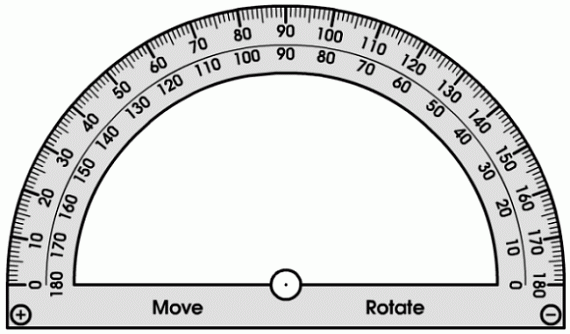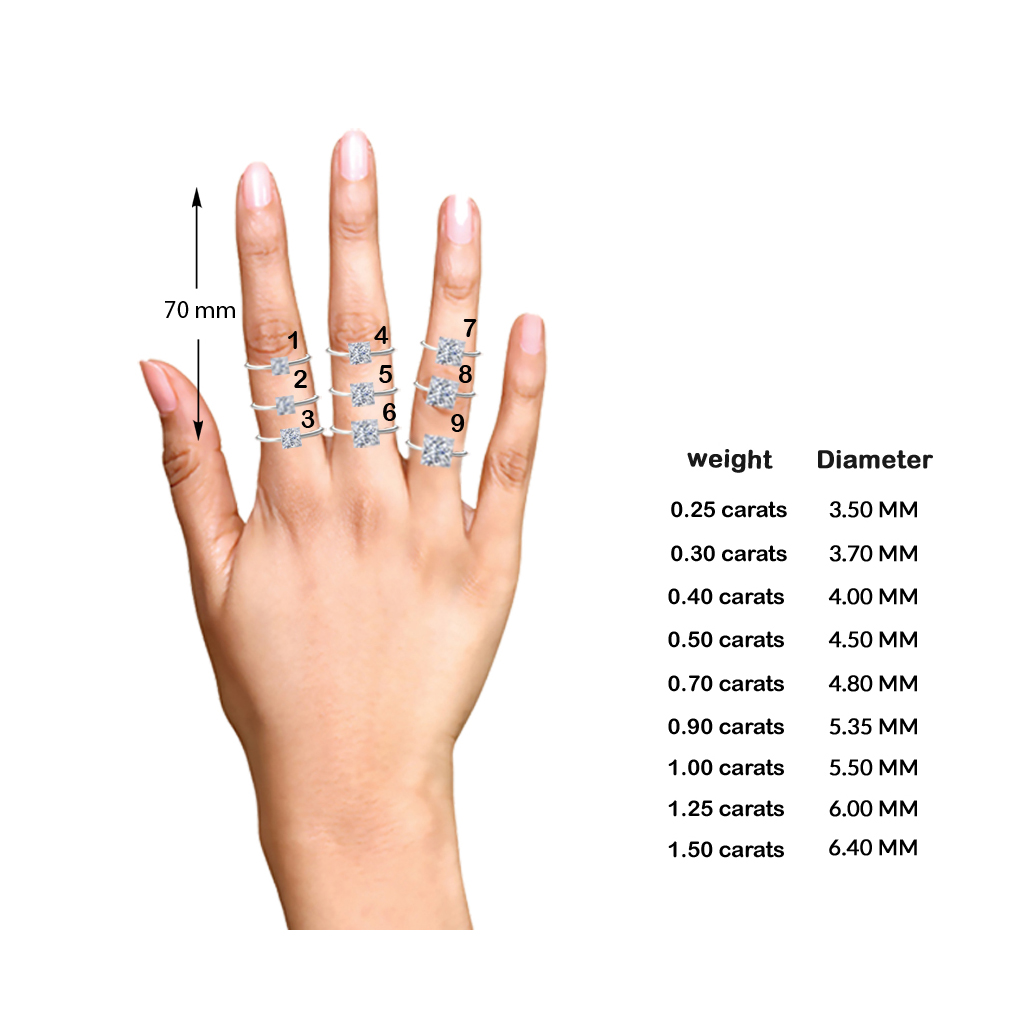

In most places, you should see both the nominal and actual dimensions on the label or other sign at the point of sales. The label should also state “the actual or minimum measurements.” This is if the label or other sign clearly states that the size given is a nominal size. According to the American Wood Council, the National Institute of Standards and Technology permits stores to label lumber with nominal dimensions. The size labels now have a new requirement. However, there was one change that the courts mandated. The courts eventually found that the use of nominal lumber sizes was long-standing. Builders, engineers, architects, buyers, and sellers are familiar with the differences between nominal and actual lumber sizes. The courts eventually found that the US of lumber sizes is in nomina l inches in and in millimeters in other countries. They also brought a few hardware and building supply chains for false advertising by selling lumber that they maintained, was undersized. Therefore, you can cut the boards a little smaller than 2×4 inches and still leave it large enough to dress after drying at 1 ½ inches thick and 3 ½ inches wide.Ī few years ago consumer groups brought several lawsuits against some of the big box stores.
1X2 ACTUAL SIZE FULL
Today, modern sawing, drying, and planing technologies are much more precise than cutting green to a full 2×4 inches. Surfacing removes up to an additional ¼ inch from both dimensions. Green southern pine lumber shrinks in width and thickness as it dries. However, after drying and surfacing, the boards became smaller, approaching the now standard 2×4 dimensions of 1 ½ x 3 ½ inches. Originally, a 2×4 was cut as a rough green piece that was close to a full 2 inches thick and 4 inches wide. The actual measurements are the final sizes after drying and surfacing. The derivation of nominal measurements was from a board’s size before its drying and surfacing on all 4 sides.

Why are the nominal dimensions of lumber larger than the actual dimensions? This is a well-established industry practice. The reason for the differences is because lumber sizes are traditionally given in their nominal size. The first dimensions are its nominal ones, the second measurements are its actual or minimum dressed sizes. Why isn’t the 2×4 at the lumber yard 2 inches thick and 4 inches wide? The 4×4’s are 3 ½ x 3 ½ and the 1×6’s are ¾ of an inch thick and 5 ½ wide. To the novice do it yourselfer softwood lumber sizes can be hard to understand. LP® FlameBlock® Fire-Rated OSB Sheathing.Moistureshield Composite & Capped Decking.Don't get the two mixed up or you'll really be confused. If you can stop someone in the store to help explain the inconsistency, they'll start throwing around a few words like "nominal sizes" and "actual sizes" and "softwood lumber" and "hardwood lumber." Hopefully they will take the time to explain exactly what these words mean, which will go a long way towards making you feel more comfortable about buying wood.įor starters, you'll need to know that softwood (like pine, spruce, and fir) is measured and sold one way, and hardwood (like oak, maple, and cherry) is measured and sold in a totally different way. Measure the actual width and thickness of a pine board (like a 2x4) and then look at the sign above the rack. On your next trip to Home Depot or Lowes, take along a tape measure and head over to the dimensional lumber aisles. That means a 2x10 is actually 1 1/2 inch in thickness by 9 1/4 inches. The larger 2x boards (2x8, 2x10, etc.) lose 3/4 inch in width. That means a 2 x 4 board is actually 1-1/2 inches by 3-1/2 inches. 2x Board SizesĢx4 and 2圆 boards lose 1/2 inch in thickness and 1/2 inch in width before leaving the mill. That means a 1x10 is actually 3/4 inch in thickness by 9 1/4 inches.

The larger 1x boards (1x8, 1x10, etc.) lose 3/4 inch in width.

That means a 1 x 4 board is actually 3/4 inches by 3 1/2 inches. 1x4 and 1圆 boards lose 1/4 inch in thickness and 1/2 inch in width before leaving the mill.


 0 kommentar(er)
0 kommentar(er)
